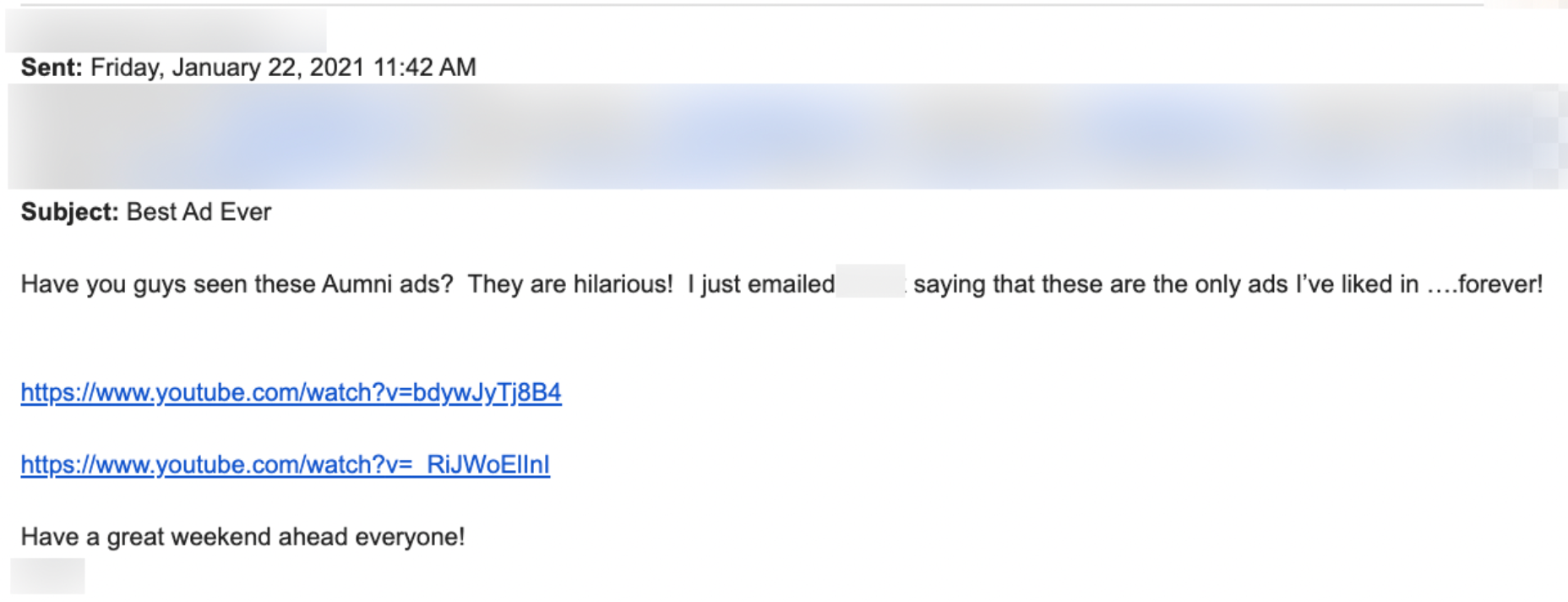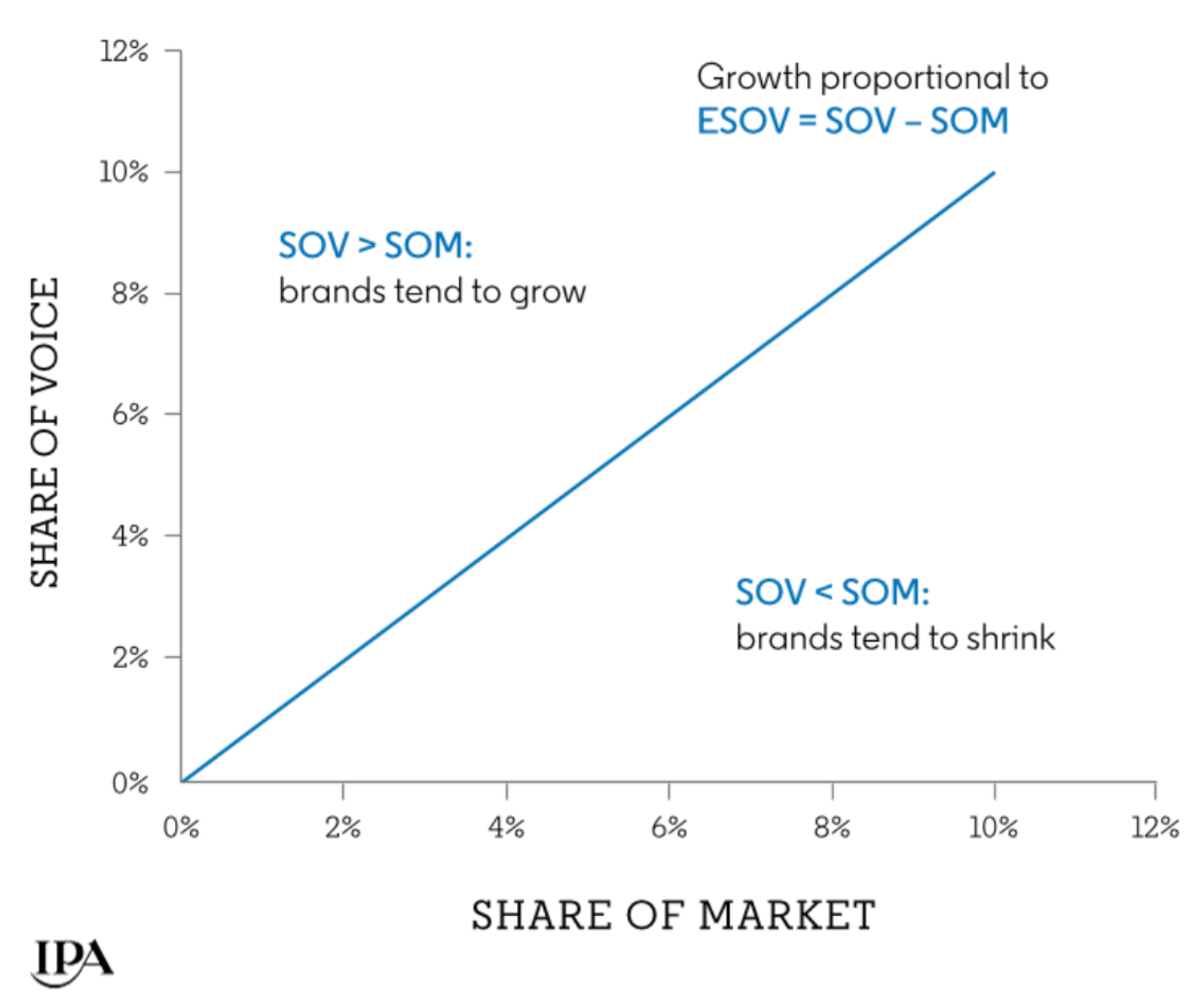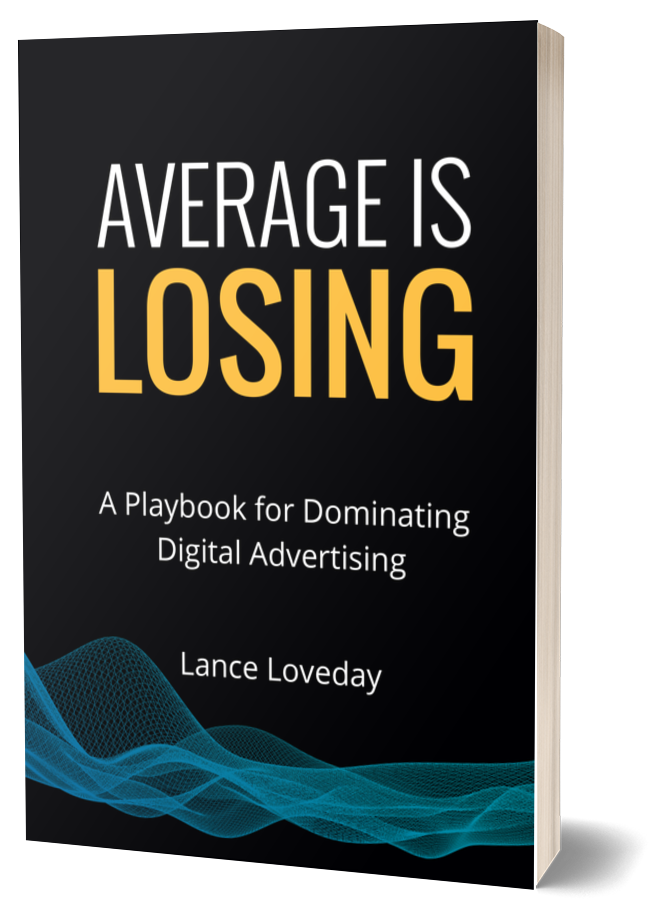This post originally appeared on Search Engine Journal
As a demand generation marketer for most of my career, I get excited about the ROI that bottom-of-funnel tactics provide. Targeting the highest-of-purchase-intent keywords and audiences is bound to produce good results assuming your pre- and post-click experience is optimized.
But what happens when you’ve exhausted all demand and maximized your share of voice, hitting the point of diminishing returns?
I’ve encountered many companies that are content with the success of their tried-and-true marketing plays. Many don’t see a need to prospect beyond the bottom of the funnel.
After all, it’s hard to snap out of the spell of cheap cost per leads (CPLs) that well-run bottom-of-funnel initiatives provide.
The reality, though, is that organizations hit an inflection point at a certain stage of maturity and need to invest at the top of the funnel if they want to continue gaining market share.
The data is clear. Digitally surrounding a prospect early on pays dividends outside of what you can directly attribute to paid media.
According to a study by McKinsey, brands in the initial consideration set were more than twice as likely to win business compared to brands considered later in the decision journey.
For up-and-coming brands, the top of the funnel (TOF) is even more critical. In LinkedIn’s Age of Agility survey of B2B technology buyers, two in three decision-makers remain hesitant to try a new vendor.
To gain market share from established players, brands must reinforce their culture, expertise, relevance, and value early on in the buying journey.
When your prospect is finally in-market, you’ll be first in their consideration set and have a marked advantage. One reason? The availability heuristic, which states that given a choice between several options, people tend to prefer the one that comes to mind most readily.
Using marketing to digitally surround prospects early on helps brands capitalize on this. Effective brand advertising produces visible and quantifiable long-term results when evaluated holistically.
That said, no matter how buttoned-up your attribution is, there are always gaps. It is impossible to truly assign all customer touchpoints during their purchase path, despite our best efforts.
For example, one of my clients produced some incredible top-of-funnel video content that was edgy and humorous in nature, serving as the perfect antidote for the often stuffy Finance industry.
From a brand awareness and recall perspective, it performs well. But, the buzz – the comments and anecdotes – are what most excite me.
Here’s what a prominent bank executive just emailed to her 21-person West Coast team.

This email went out to the very people who have countless relationships with prospects we’re targeting in other paid initiatives. Each person on that email likely opened this message, clicked through, and watched one of the ads.
Make sure you optimize for user experience metrics. Are you optimizing for user experience? Enhancing site speed, content stability and interactivity can boost organic rankings, brand awareness and sales.
Those are decision influencers. They are potential brand ambassadors.
Perhaps they just want to share something funny and relevant with their clients to further their relationship. Any way you slice it, that email—driven by a top-of-funnel initiative—was of enormous value.
And it is completely unquantifiable.
With this in mind, my go-to rule is from Marketing 101: serve the right ad, to the right person, at the right time.
Although there’s immense value in tight attribution and blended front and back-end data, there are still gaps that marketers must address even if we can’t precisely articulate the short-term value.
So, with that caveat, what is the best way to quantify top of funnel success?
Paving the road to future business starts by defining the right TOF key performance indicators (KPIs) correlated to down funnel activity and optimizing toward them.
What are the right KPIs? While they may differ from client to client, everything distills down into three pre-nurture buckets.
At the awareness level, your KPIs should primarily focus on the share of voice (SOV).
For example, within paid search, you’ll want to monitor things like impression share, absolute top-of-page impression share, and CTR.
The Long and Short of It, an ebook by the IPA (an advocacy dedicated to promoting evidence-based decision-making in marketing), walks us through the SOV rule, which has held true for B2C for 50+ years.
In short, there is clear evidence that brands grow when they ensure their SOV is higher than their share of market (SOM).
Likewise, brands whose SOV is lower than their SOV market see a decrease.
Here’s how LinkedIn visualizes this process in the ebook The Five Principles of Growth in B2B Marketing:

Exposure to your target audience is vital for long-term growth.
If you have core keyword themes you want to maximize SOV for but are limited by budget, add audience layers onto your audience groupings.
Use observation-level bid adjustments (manual bidding only) or explicitly target them with audience + keyword, measuring metrics at that combined level.
With that said, there’s often a misalignment between awareness-focused KPIs and what is in the organization’s best interest.
For example, if you are running a YouTube campaign and gauging success off views and cost-per-view, there is a misalignment between what drives real results and what drives KPI success.
Not all views are created equal. YouTube advertisers have all felt the pain of seeing “conversions” come through on content that is either fraudulent or not aligned with your target demo (e.g., B2B conversions on young kids’ gaming channels).
Outside of lead gen initiatives, the KPIs that are most aligned to the goals and budgets of most advertisers are engagement-based.
Engagement KPIs are things that indicate interest or if we’re lucky, intent. They are actions that a user takes as they browse your social and web properties.
When you align your TOF KPIs to engagement, you’re ensuring impressions to those that matter most. Engagement from the right audience (past, present, future customers) should be your aim.
Doing so enables digital marketers to validate audience alignment and continuously improve through targeting and AI-driven optimization.
So, how do you quantify success, test, and iterate?
Here are a few KPIs to consider to gauge success and build audiences:
Each organization’s engagement KPIs will be slightly different.
However, all companies will benefit from identifying actions that indicate interest, ensuring conversion tracking is aligned, and reporting tells the story of the engaged user.
As we’ve discussed, research shows SOV is important. However, trust must be built with those who control the purse strings, and that comes with showing success further down the funnel.
Clients are understandably skeptical of top-of-funnel initiatives.
More than likely, they’ve come across someone selling them a definition of success that stops at impressions and CTR.
Positioned correctly, even the most stringent of demand gen advertisers can be convinced.
For reluctant advertisers, shifting KPIs from pre-click (awareness) to post-click (engagement) is often the solution that enables agencies and marketing managers to get their foot-in-the-door with top of the funnel.
It is much easier for clients to get on board with KPIs based on someone expressing meaningful interest in your brand.
With this in mind, consider bucketing engagement activities together and defining success based on two KPIs:
This allows you to two do things:
Further, always consider segmenting your pitch decks and reporting based on funnel stage. You are much more likely to get buy-in if you carve out budget and report on success separately.
If you take away just a few things from this article, I hope they are the following:
My new book, “Average is Losing” is finally here! I created this playbook to help savvy advertisers close the gap between winning and run-of-the-mill paid advertising campaigns.
It’s filled to the brim with the latest strategies, tactics and tips our Closed Loop experts use to help our clients seek exponential growth.
Are you ready to rise above average campaign performance? Start your business on the path to PPC domination today!
– Lance Loveday
